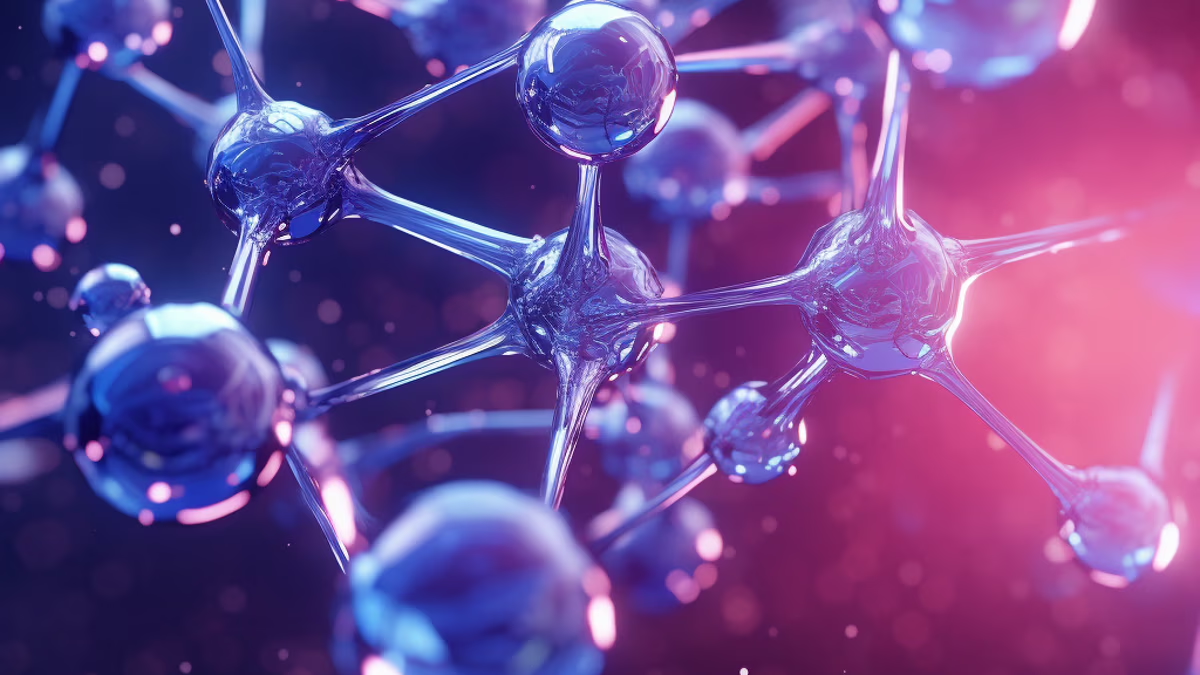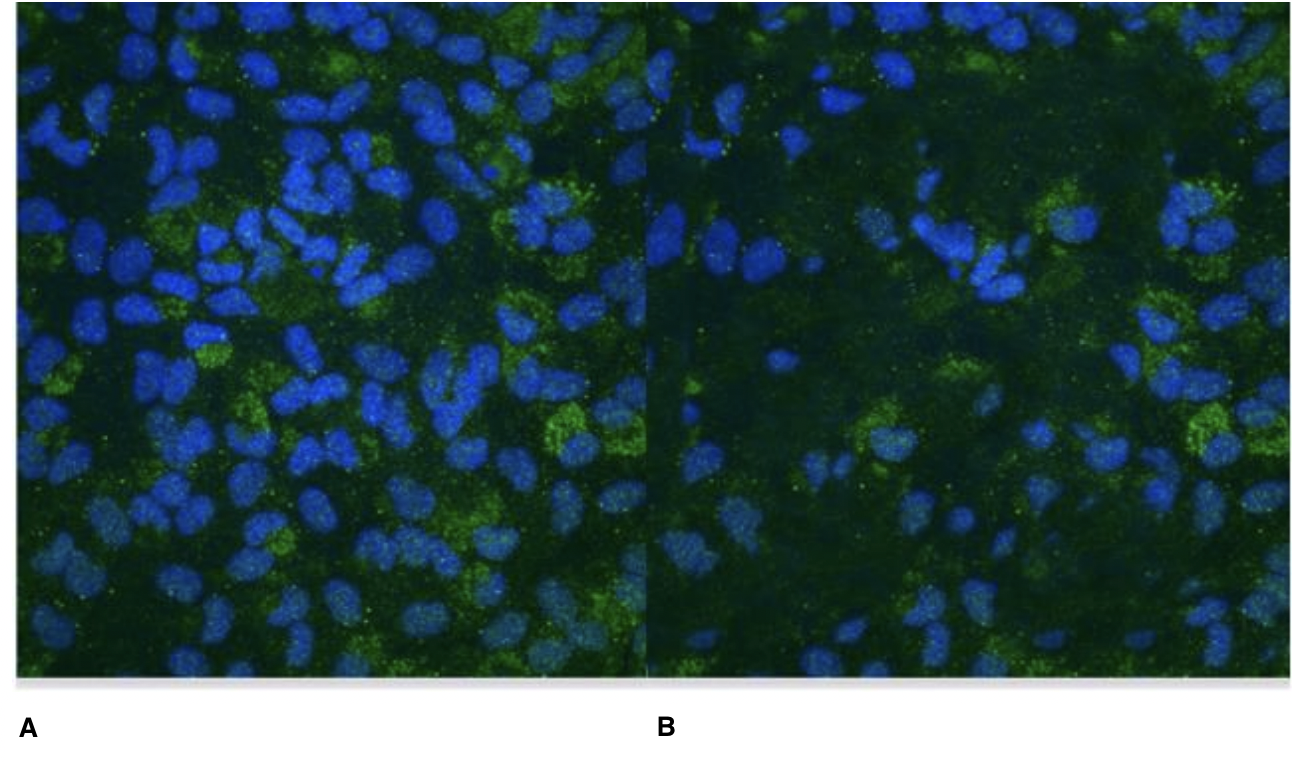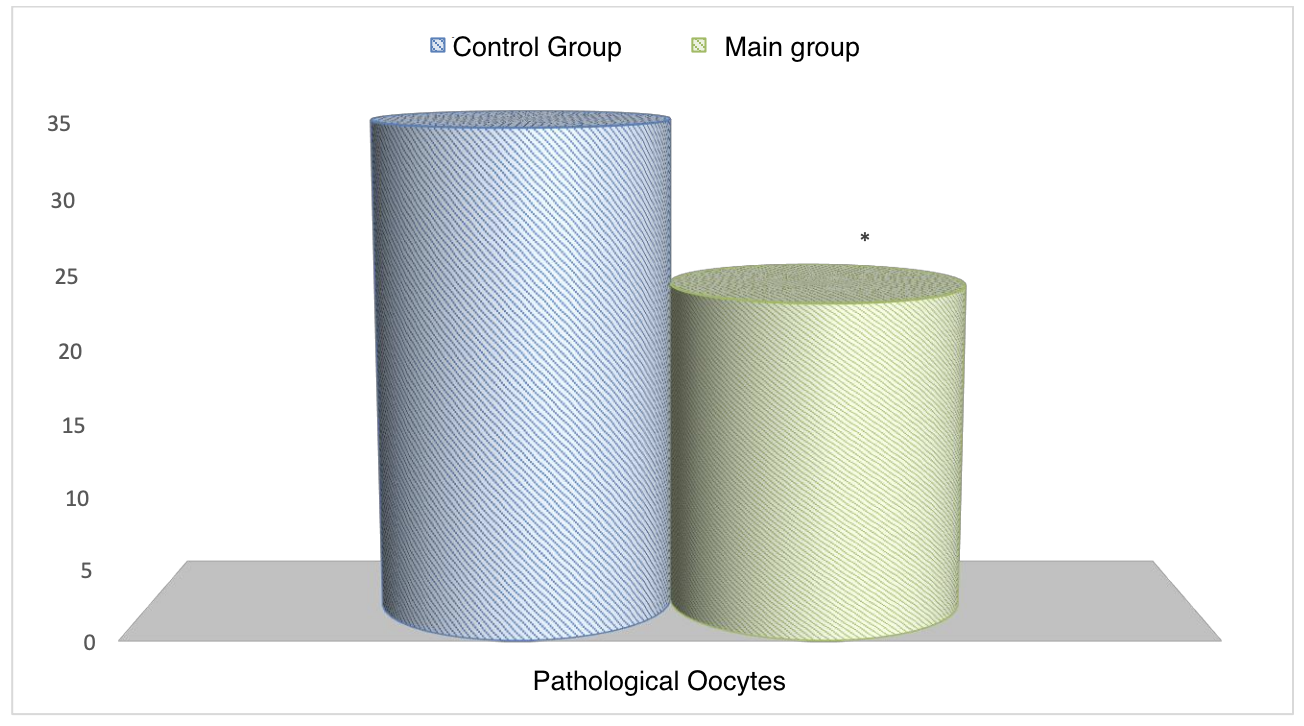
Due to the urbanized, socially active life of women in the XXI century, there are more and more problems with women’s health and fertility. Recent history has seen dramatic global shifts in women’s status worldwide. One particularly striking transformation has been the global change in women’s participation in the workforce, which has risen worldwide over the last century. Globally, women make up about 60% of the world’s workforce, including a growing number of women in low- and middle-income countries, especially in developing countries, in agriculture, manufacturing, and services. During the same period, there have been significant changes in global birth patterns, including a decline in total fertility rates in most of the world’s major regions. Estimates indicate that the global fertility rate fell from about 5 in 1960 to just under 2.5 in 2015, representing a staggering transformation in global fertility trends.
There’s a growing trend to delay childbearing. Consequently, the adverse impact of age on egg quality can lead to conception difficulties for many couples. Additionally, lifestyle factors can exacerbate a couple’s conception difficulties, primarily due to the metabolic impact of obesity. However, the negative effects of low peripheral body fat, excessive physical exercise, the growing prevalence of sexually transmitted diseases, and smoking all significantly impact fertility. Other factors hindering conception include the presumed increasing prevalence of polycystic ovary syndrome, further exacerbated by obesity, as well as the presence of uterine fibroids and endometriosis (a progressive inflammatory disease of the pelvic organs), which are more common in older women. The trend toward earlier sexual activity and an increase in the number of sexual partners has led to an increase in sexually transmitted diseases. Moreover, several genetic factors may limit the number of eggs in the ovary. Therefore, when childbearing is delayed, the limitation on the number of eggs may become apparent, while in previous generations with earlier conception, this potentially reduced duration of reproductive life did not manifest as infertility.
The impact of the environment on reproduction is under close scrutiny. Today, many cancer diseases are identified where aggressive chemotherapy is used. However, despite the lack of conclusive evidence, exposure to dioxins may be associated with endometriosis, phthalate exposure may affect ovarian reserve, and bisphenol A may hinder the development and maturation of eggs. It is known, however, that chemotherapy or radiation therapy leads to ovarian damage and predisposes women to ovarian insufficiency.
Therefore, scientists, doctors, and researchers are increasingly concerned with finding new means to protect women’s health and enhance fertility, searching for so-called cytoprotectors of women’s health.
IPH LGAG peptide complexes are the latest developments in cell and tissue protection. A lack of building materials that peptides can provide negatively affects women’s health, decreases the level of cancer protection and immunity, leading to the development of various diseases.
This article will provide a brief overview of the research findings on the effects of using the IPH LGAG peptide, which are cytoprotectors of women’s health and can enhance fertility, thereby offering additional preventive benefits. Increased levels of local and systemic biomarkers, which are released upon peptide application and have protective properties, indicate that their use is important from the perspective of organ function preservation and restoration at any life stage and in any diseases.
Objective: to study the possibilities of the IPH LGAG peptide complex.
We conducted tests on cell materials and studied the expression of the genes FANCI, APAF1, SMC2, GART, TFB1M, SLC35A3, ITGB2, APOB, and UMPS using immunofluorescence (dilution 1:150, Abcam). The groups for the study included measuring the expression of molecules before the start of the study, control (adding nutrient medium, incubating with serum albumin), adding the control dipeptide Glu-Trp at a concentration of 100 micrograms (µg), and adding the IPH LGAG peptide at a concentration of 100 µg. The PCR method, using proprietary primers and reagents from Novocasta and monoclonal antibody kits from Biosource (Belgium), was applied to measure the level of gene expression. The study of the preparations was conducted with an Olympus FluoView FV1000 confocal microscope, measuring the relative area of expression in percentages.
For the experimental part, Wistar mice were selected. A model of acute oophoritis development was created, and the indicators of fertile oocytes were evaluated. An Olympus IX81 microscope was used for the study, equipped with an Olympus DP72 digital camera (Japan), connected to a personal computer. The results of the microscopy of the reaction sections were expressed as a percentage of stained cells to the total number of cells in the specimen.
The clinical efficacy of using the IPH LGAG peptide was studied based on hormonal background data, using a biochemical analyzer XXL 1000 (China), and subjective data were assessed using the EuroQol (EQ-5D) quality of life scale.
We used German IPH LGAG peptides, which have all the necessary approvals and permissions for global markets, such as the WADA certificate (anti-doping), MAFFA certificate (safety), ORGANIC certificate, HALAL certificate, and patent protection: a patent in the United States – Patent Application Publication (No.: US2021/052534A1, date: Feb.25,2021), a patent in the European Union No. 016704471, a patent in the Russian Federation No. 645608, and a patent in the People’s Republic of China No. 30507522.
In processing the research data, an average of the intensive and extensive values was calculated with the calculation of the standard error; the significance of differences between two populations was assessed using the Student’s t-test (the difference in indicators was considered significant at t>2, p<0.05).
For the conducted experiment, conditions of an inflammatory process in the ovaries of Wistar mice were artificially induced. The IPH LGAG peptide was applied for 6 months. The evaluation of the results was conducted based on the histological materials of the ovaries, specifically the area of expression. A comparative analysis was performed with data from the control group, where the IPH LGAG peptide was not applied.
It was found that the IPH LGAG peptide has anti-inflammatory cytoprotective effects on inflammatory diseases of female organs. The area of expression of inflammatory cytokines decreased by 79.8±3.6% when using the IPH LGAG peptide (Figure 4).

A – without the use of the IPH LGAG peptide
B – with the use of the IPH LGAG peptide
Figure 4: The effect of the IPH LGAG peptide on the expression of inflammatory cytokines in inflammatory diseases of female organs
The fertility activity was also studied in terms of the level of pathological oocytes over half a year of study. In Wistar mice, the level of pathological oocytes decreased by 56.7% to 57.8±3.6% (Figure 5).
The fertility in terms of offspring also increased in the main group of Wistar mice by 79.9±1.5%.
Therefore, it can be concluded that the IPH LGAG peptide has an anti-inflammatory effect, can enhance fertility, and reduce the level of pathological processes in the female body, particularly in oocytes.
Clinical trials have shown that the IPH LGAG peptide can normalize the hormonal background in women with deficiencies after 3 months of application at a dosage of 100 µg.
These data are presented in Table 1.

Figure 5: Pathological Oocytes (%).
Table 1: The effect of the IPH LGAG peptide on the level of female sex hormones.
|
Indicator
|
Before the Study
|
After 3 Months | After 6 Months | ||||
| Dosage of Peptide | Dosage of Peptide | ||||||
| 50 µg | 100 µg | 150 µg | 50 µg | 100 µg | 150 µg | ||
| LH (ng/ml) | 3.71±0.14 | 3.72±0.14 | 3.53±0.12 | 3.52±0.12 | 3.71±0.14 | 3.09±0.09 | 3.10±0.09 |
| FSH (ng/ml) | 2.95±0.18 | 2.96±0.18 | 2.68±0.15 | 2.69±0.15 | 2.96±0.18 | 2.22±0.14 | 2.20±0.14 |
| Estradiol (nmol/l) | 0.3±0.1 | 0.3±0.1 | 1.5±0.6 *, # | 1.6±0.6 * | 0.3±0.4 | 1.9±0.8 *, # | 1.8±0.8 * |
*p<0.05 between indicators compared to the control group (before the study).
# p<0.05 between indicators when applying 50 µg and 100 µg
The estradiol level increased by 67.8±1.5% from the baseline, confirming the high activity of the IPH LGAG peptide concerning the female hormonal background and the protection of women’s health.
This also improved women’s quality of life by 76.9±1.5%, particularly in terms of reducing anxiety and depression.
These data are provided in Table 2.
Table 2: Quality of life assessment by EuroQol EQ-5D (M±m, points)
|
Indicator
|
Before the Study
|
After 3 Months | After 6 Months | ||||
| Dosage of Peptide | Dosage of Peptide | ||||||
| 50 µg | 100 µg | 150 µg | 50 µg | 100 µg | 150 µg | ||
| Mobility | 1 | 3 | 4 | 4 | 3 | 4 | 4 |
| Self-Care | 4 | 4 | 5 | 5 | 4 | 5 | 5 |
| Pain/Discomfort | 2 | 2 | 4 | 4 | 2 | 4 | 4 |
| Anxiety/Depression | 1 | 1 | 4 | 4 | 1 | 4 | 4 |
| VAS (Visual Analogue Scale) | 40 | 50 | 70 | 70 | 40 | 80 | 80 |
Thus, the study showed that the recognition of specific antigens by the IPH LGAG peptide provides protection against pathogens and controls neoplasms, but may also induce autoimmunity. This is reflected in the cytoprotective action concerning women’s health and fertility, as it positively affects the synthesis of genes FANCI, APAF1, SMC2, GART, TFB1M, SLC35A3, ITGB2, APOB, and UMPS. The IPH LGAG peptide has potent oncoprotective and cytoprotective actions, capable of reducing HE4 protein synthesis by 67.8%. The data confirm the oncoprotective action of the IPH LGAG peptide, as the reduction in Claudin-3 expression, noted in the progression of oncological processes, was 78.9% from the baseline level. The IPH LGAG peptide has an anti-inflammatory effect, can enhance fertility, and reduce the level of pathological processes in the female body, particularly in oocytes. After applying the IPH LGAG peptide, the estradiol level increased by 67.8±1.5% from the baseline, confirming the high activity of the IPH LGAG peptide concerning the female hormonal background and the protection of women’s health, which, in turn, improved women’s quality of life by 76.9±1.5%, particularly in terms of reducing anxiety and depression.
1. Ilnickii A.N., Prashchayeu K.I. Neujazvimye. Kniga o zdorov’e [Invulnerable. The book about health]. M.: Diskurs [Discourse]. 2021, 336 p. (In Russian).
2. Hart RJ. Physiological Aspects of Female Fertility: Role of the Environment, Modern Lifestyle, and Genetics. Physiol Rev. 2016 Jul;96(3):873-909. doi: 10.1152/physrev.00023.2015.
3. Anifandis G, Tempest HG, Oliva R, Swanson GM, Simopoulou M, Easley CA, Primig M, Messini CI, Turek PJ, Sutovsky P, Ory SJ, Krawetz SA. COVID-19 and human reproduction: A pandemic that packs a serious punch. Syst Biol Reprod Med. 2021 Feb;67(1):3-23. doi: 10.1080/19396368.2020.1855271.
4. Behrman J, Gonalons-Pons P. Women’s employment and fertility in a global perspective (1960-2015). Demogr Res. 2020 Jul-Dec;43:707-744. doi: 10.4054/demres.2020.43.25.
5. Walker R, Quong S, Olivier P, Wu L, Xie J, Boyle J. Empowerment for behaviour change through social connections: a qualitative exploration of women’s preferences in preconception health promotion in the state of Victoria, Australia. BMC Public Health. 2022 Aug 30;22(1):1642. doi: 10.1186/s12889-022-14028-5.